TDDE19 Advanced Project Course - AI and Machine Learning
Projects
Projects
Students will be divided in a group of around six students, each group is assigned to a project (according to the preference and skills of each student).
At the end of the project, the students are expected to provide:
- Source code of library/program in a gitlab repository
- Documentation of how to use and install the software (API, command line...)
- A group report describing the work that has been accomplished (which algorithms are used, what kind of results were obtained...)
- An individual list of contributions to the project.
Important: the deadline for the selection of projects is Wednesday 4th of September at 12:00, you need to send me an email (cyrille.berger at liu.se) with the following information:
- Your LiU login.
- A ranked list of all projects (details on the projects below)
- If you want to work as a group of several people together, send me a single email with all your LiU logins
Semantic Mapping
Context: one of the practical challenge in robotic is to acquire enough knowledge of the surrounding environment to take decision. One project we are currently running in our group is to build maps where the landmarks are object detected in images using state of the art object detection. One limitation of the detection algorithms we are currently using is that they provide a bounding box of the object which encompass pixels that are part of the object and not part of the object. We would like to look into semantic segmentation (and possibly tracking) to have more accurate detection of the objects and possibly be able to build 3d model of the objects.
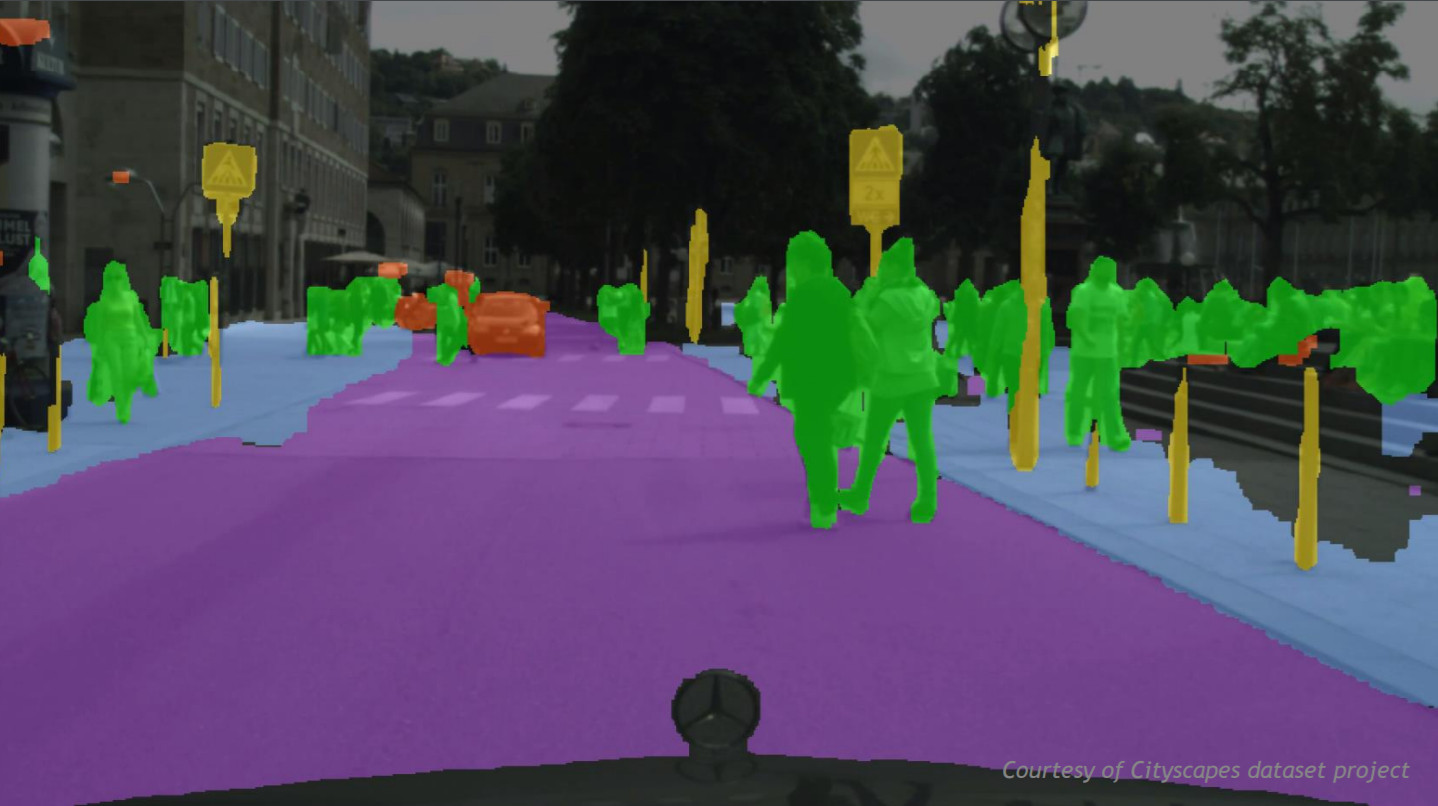
Task suggestions:
- Study literature
- Select several algorithms, implement them and evaluate them with benchmark datasets
- Semantic segmentation
- Semantic segmentation tracking
- 3D reconstruction
References:
- Recent progress in semantic image segmentation, Xiaolong Liu, Zhidong Deng and Yuhan Yang, Artificial Intelligence Review, doi
- Co-Fusion: Real-time Segmentation, Tracking and Fusion of Multiple Objects, Martin Rünz and Lourdes Agapito, ICRA 2017, homepage
- Video Object Segmentation and Tracking: A Survey, Rui Yao, Guosheng Lin, Shixiong Xia, Jiaqi Zhao, Yong Zhou, CVPR 2019, arxiv
Results
Smart Shopping List
Context: we have been developing a shopping list application for Android/IOS (as part of a startup called Shopli, the app is to be launched very soon), that allow synchronisation of items across devices, we are now looking at making it better and more useful. You may think shopping list as boring static list, but we believe we can use AI techniques to make them better for users, two ideas we are investigating are automatic sorting based on location (so that the shopping lists are sorted according to the order the items can be found in the supermarket) and item suggestion (based on what the user added to his list, his past patterns...).
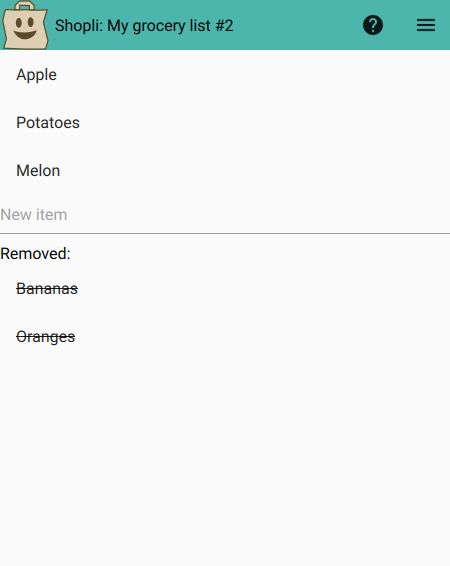
Task suggestions:
- Study literature
- Select several algorithms, implement them and evaluate them
- Item suggestions (based on what is available in the list)
- Geolocation based item ranking
References:
- EigenRank: a ranking-oriented approach to collaborative filtering, Nathan N. Liu and Nathan N. Liu, SIGIR '08, acm
- Co-Fusion: Real-time Segmentation, Tracking and Fusion of Multiple Objects, Martin Rünz and Lourdes Agapito, ICRA 2017, homepage
- Video Object Segmentation and Tracking: A Survey, Rui Yao, Guosheng Lin, Shixiong Xia, Jiaqi Zhao, Yong Zhou, CVPR 2019, arxiv
Keywords: item ranking,
Results
Speech to code
Context: Repetitive Strain Injury (RSI) is a type of muscular injury that is associated with repettitive tasks, sustained awkward positions... It is a condition that is affecting an increasing number of people due to the widespread use in the workspace of keyboard. According to a recent European survey, 45% of workers reported working in painful or tiring positions, while 17% of workers complain of muscular pain in the arms and legs. (source). As such it is a condition that affect a growing number of software developers, the goal of this project is to study and implement a system that can be used to write code without the use of a keyboard or a mouse.

Task suggestions:
- Study literature
- Implement a system that would allow a software developer to code for an hour without touching a keyboard or a mouse
- Being able to write code
- Being able to browse code
- Being able to browse and search documentation
References:
- Speaking in code: how to program by voice Anna Nowogrodzki, Nature 2018, doi
- State of Voice Coding Gustav Wengel, Medium 2017, medium
- Mozilla's speech and machine learning project, mozilla
Results
Path Planning for a UAV
Context: a UAV flying in an unstructured environment needs to generate a plan to reach its destination. The main challenge is to handle the computational cost caused by the high dimensional problem. Several approaches exist to solve the problem such as representing obstacles using bounding box. In this project we are interested in using the structure of the OctoMap to reduce the search space. It is an extension of earlier work that we published in ICARCV 2016.
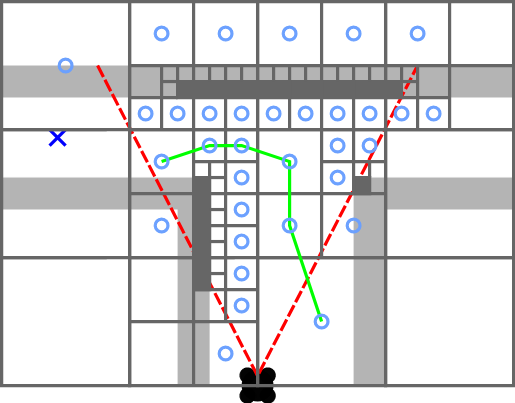
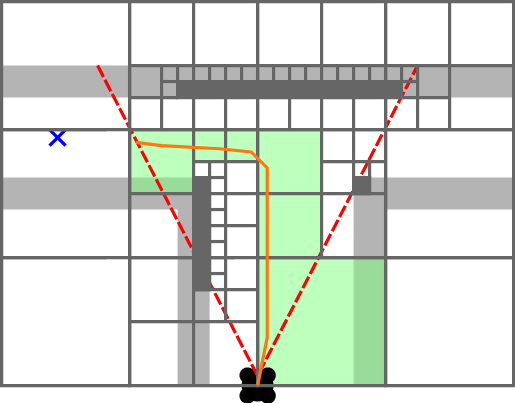
Task suggestions:
- Study literature
- Implement a system that would allow a software developer to code for an hour without touching a keyboard or a mouse
- Hierarchical A* planning in an octomap structure
- Generate smooth curve
- Handle moving obstacles
References:
- Evaluation of reactive obstacle avoidance algorithms for a quadcopter Cyrille Berger, Piotr Rudol, Mariusz Wzorek and Alexander Kleiner, ICARCV 2016, doi
- OctoMap: An Efficient Probabilistic {3D} Mapping Framework Based on Octrees Armin Hornung, Kai M. Wurm, Maren Bennewitz, Cyrill Stachniss and Wolfram Burgard, doi, octomap
Photography and image processig
Context: as progress in sensor technology is slowing down, manufacturers have started using machine learning techniques to improve the quality of images. In this project I would suggest to investigate such techniques for removing noise and general image improvement. An other aspect to investigate is whether we can use reenforcement learning to help a photographer to find an optimal set of parameters for improving their photography. If you look at an image processing application (lightroom, RawTherapee...) they often many different parameters, a photographer would hand tune the parameters until he gets a satisfying results, the idea would be to use reenforcement learning to suggest the parameters and the photographer could then reward the algorithm according to how good is the new image.
Task suggestions:
- Study literature
- Implement and evaluate some image processing algorithm
- Noise removal
- Picture improvement
- Parameters suggestion based on user feedback (possibly)
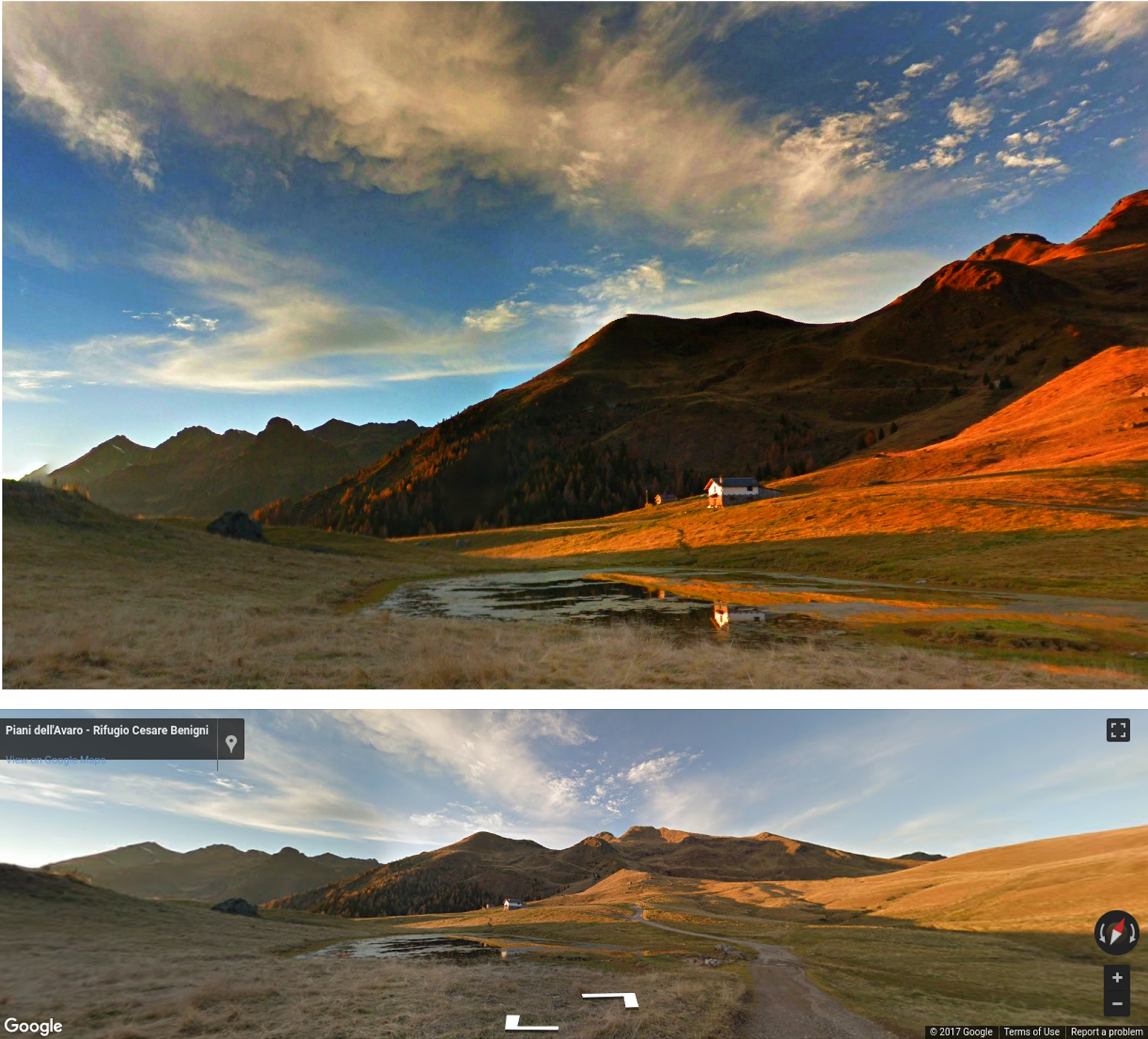
References:
- Creatism: A deep-learning photographer capable of creating professional work Hui Fang, Meng Zhang, CVPR 2017 doi
- Noise2Noise: Learning Image Restoration without Clean Data Jaakko Lehtinen, Jacob Munkberg, Jon Hasselgren, Samuli Laine, Tero Karras, Miika Aittala, Timo Aila, CVPR 2018 arxiv
- Fully Convolutional Network with Multi-Step Reinforcement Learning for Image Processing Ryosuke Furuta, Naoto Inoue, Toshihiko Yamasaki, CVPR 2018arxiv
- DSLR-Quality Photos on Mobile Devices with Deep Convolutional Networks Andrey Ignatov Nikolay Kobyshev Radu Timofte Kenneth Vanhoey Luc Van Gool, ICCV 2017 ethz
Results
Stock Value Prediction
Results
Page responsible: infomaster
Last updated: 2025-09-30

